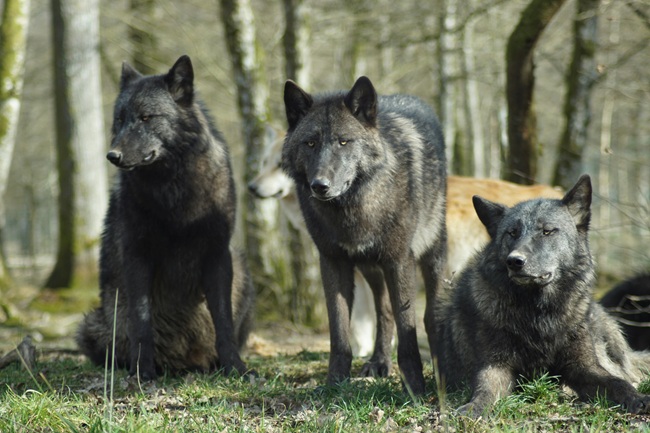
It is amazing at just how diversified the species Canis Familiaris has become because of the selective breeding efforts of humankind. Why was this done? Humans recognized long ago the potential benefit of establishing a partnership with dogs. Dogs are easy to train because they are loyal to their leadership hierarchy. Once a leader is identified, the other members of the pack will do just about anything to support that leader. This is the reason that dogs are easier to train than cats; it’s not that they are smarter, it’s just that they have an instinctual allegiance to the pack and the pack leader. Cats, except for lions and to a lesser extent, cheetahs – are not pack animals and do not have a well-defined group mentality.
Early human hunter-gatherers realized that the canine pack leader could be replaced by a human. The survival of the human tribe at that time depended in part on the success of the hunt. We humans, however, have never been the physical equal of our prey; we are slow, low on endurance, and sensorially inept in comparison to most animals. The only advantages we had were our intellect, our tribal loyalty, and, like the dog, our ability to work cohesively as a team. Our chief competitors at the time included the canids, or wild dogs, some of which hunted in well-choreographed packs. Dogs could run faster and longer than humans. They could operate masterfully as a team and pick up a scent where no scent was discernible to humans. By establishing a partnership with canids, we could greatly increase our chances of a productive hunt.
But which species would be the best candidate for domestication? The fox, a solitary nocturnal creature, has no pack order at all; no pecking order is established in the litter, and except during mating, the fox exhibits no social organization. Coyotes and certain types of jackals form permanent male-female pair-bonds, but they do not establish permanent pack associations. Wolves, African hunting dogs, and dingoes all have a well-defined pack hierarchy in place, and all exhibit complex social interaction. Because these two ingredients seem to help create greater cognitive ability, these animals were the most likely candidates for domestication. Domestication required more than simply changing behavior patterns, however; the animal itself had to be physically changed through selective breeding to better suit our needs. Wild wolf females come into season only once a year, in harmony with their prey’s season. Domestic dog females come into heat two to three times a year; this allows for more rapid selective breeding to occur. Also, most wild dogs do not reach sexual maturity until they are two years of age, whereas domestic dogs are sexually capable at six to nine months. Also, male wolves are potent only during the breeding season, whereas male domestic dogs are always potent.
Did You Know
Canines have 28 baby teeth & 42 permanent teeth, 7 blood groups, and the normal scratching rate for a dog is 4 times per second.
Related Articles & Free Email Newsletter Sign Up
How to Identify Cognitive Dysfunction Syndrome in Aging Dogs and Cats
How to Teach Your Dog to Play Basketball


Comment here